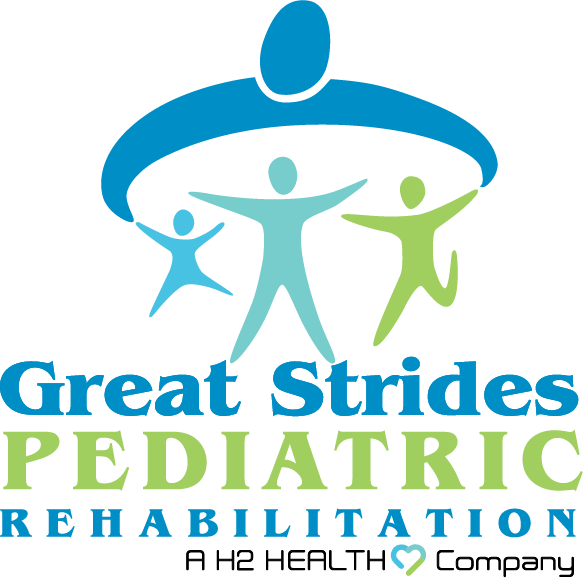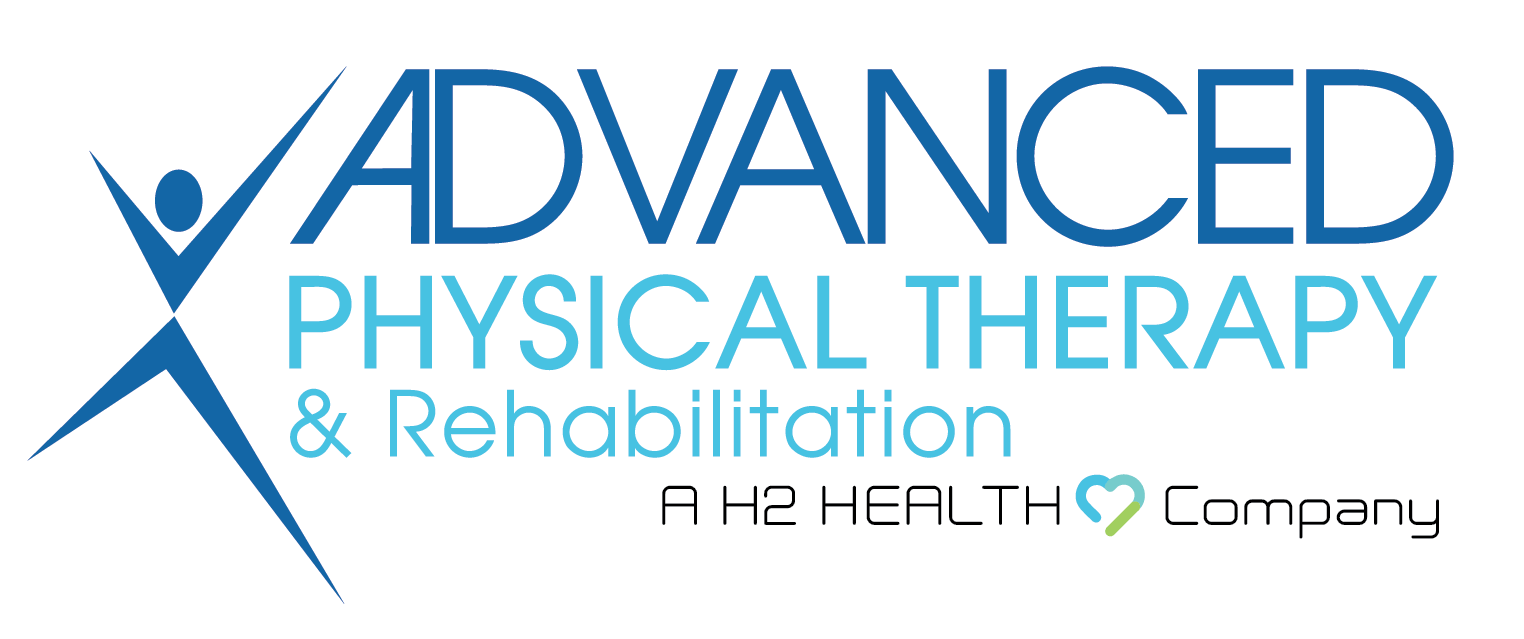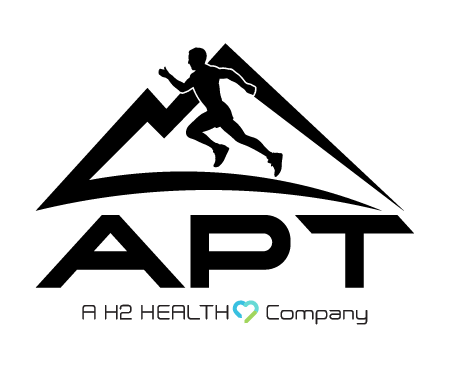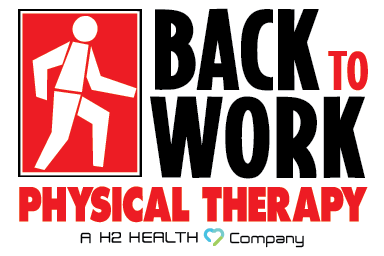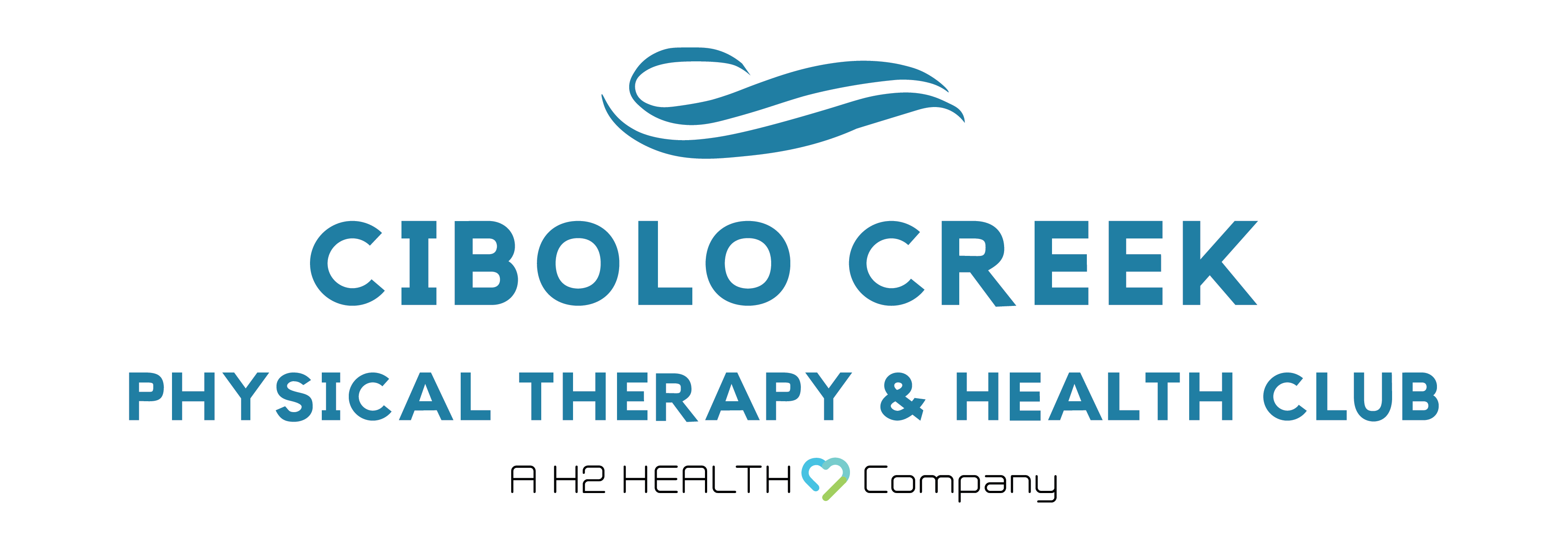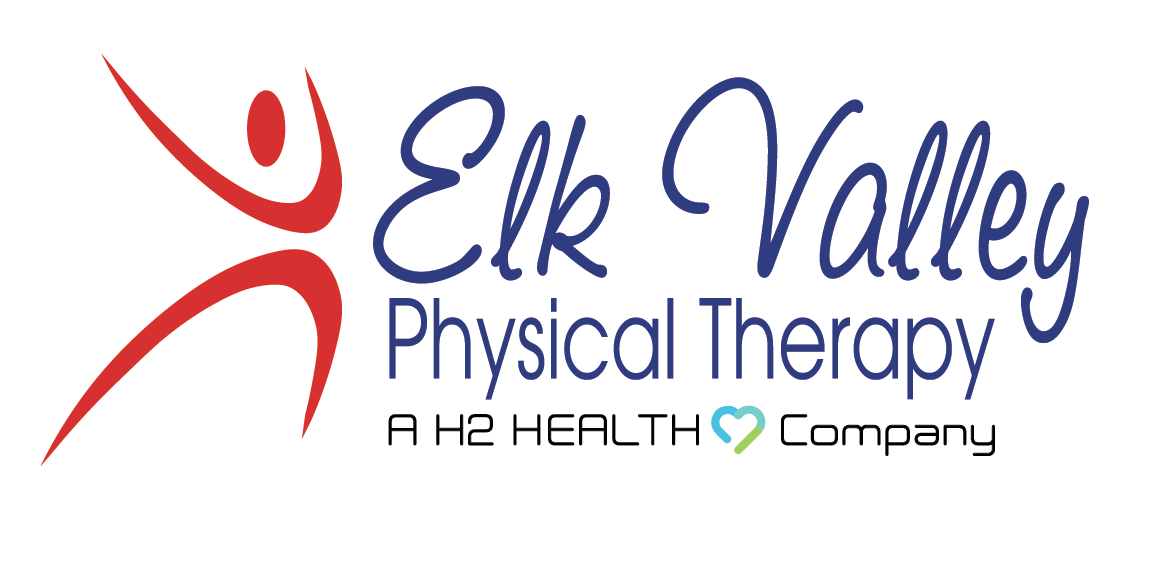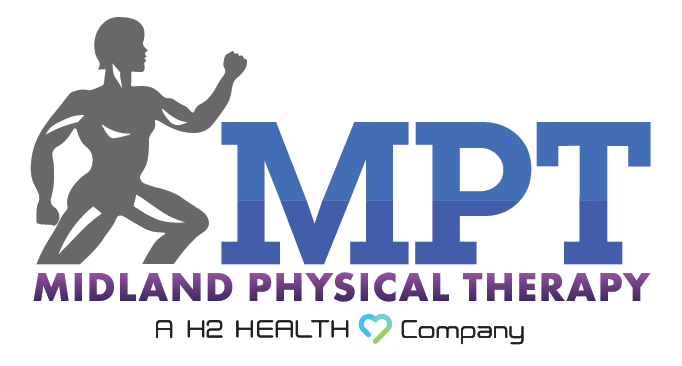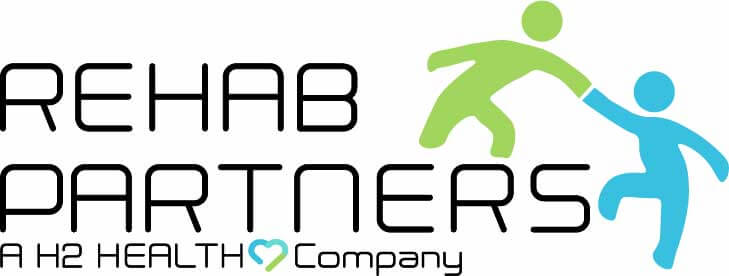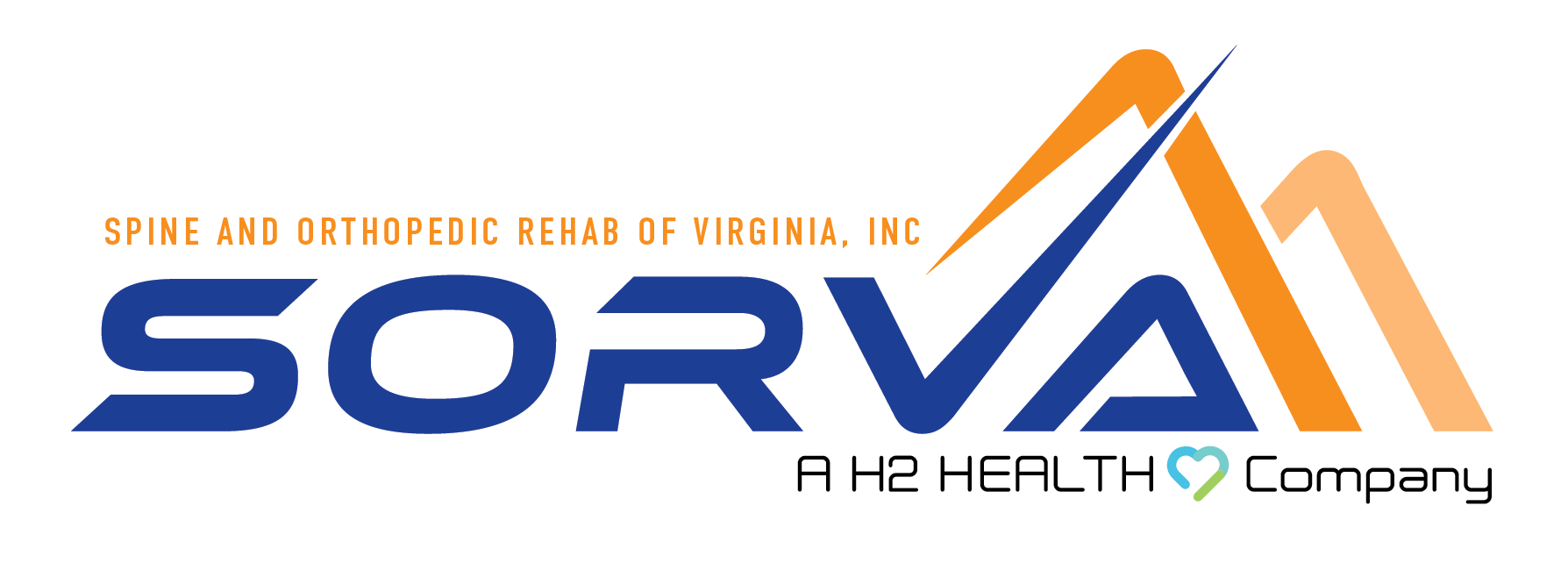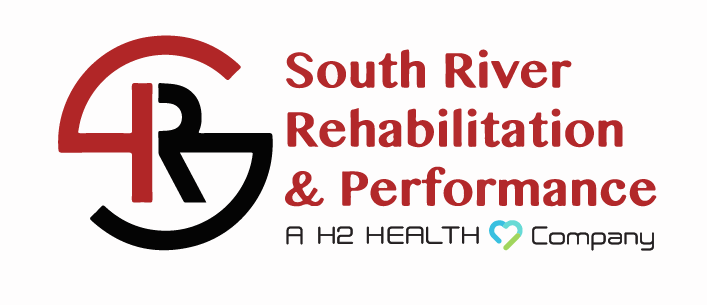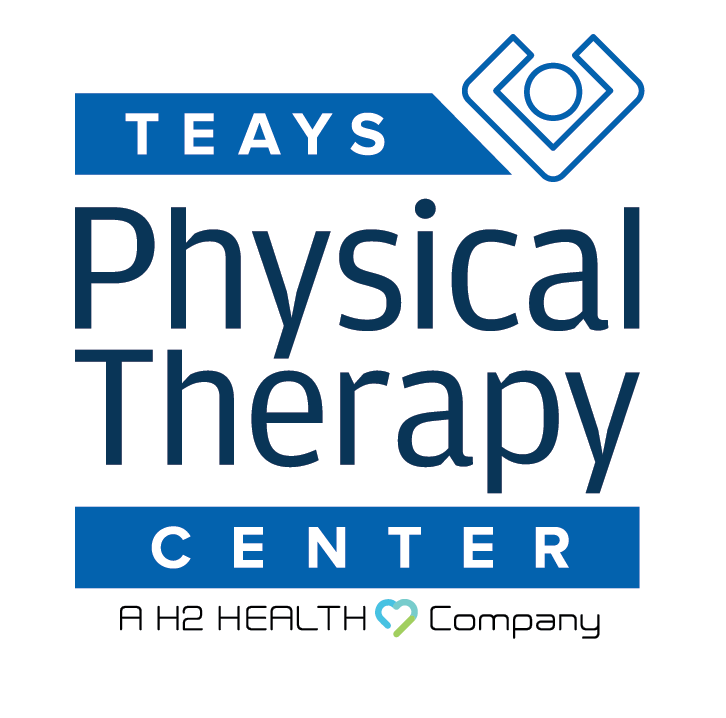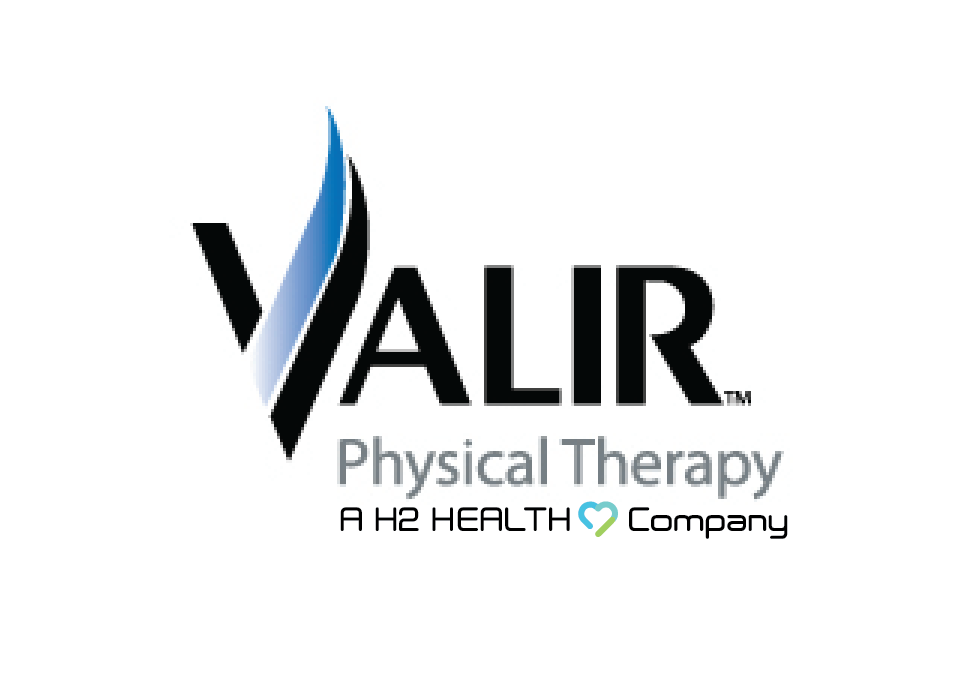Custom Orthoses
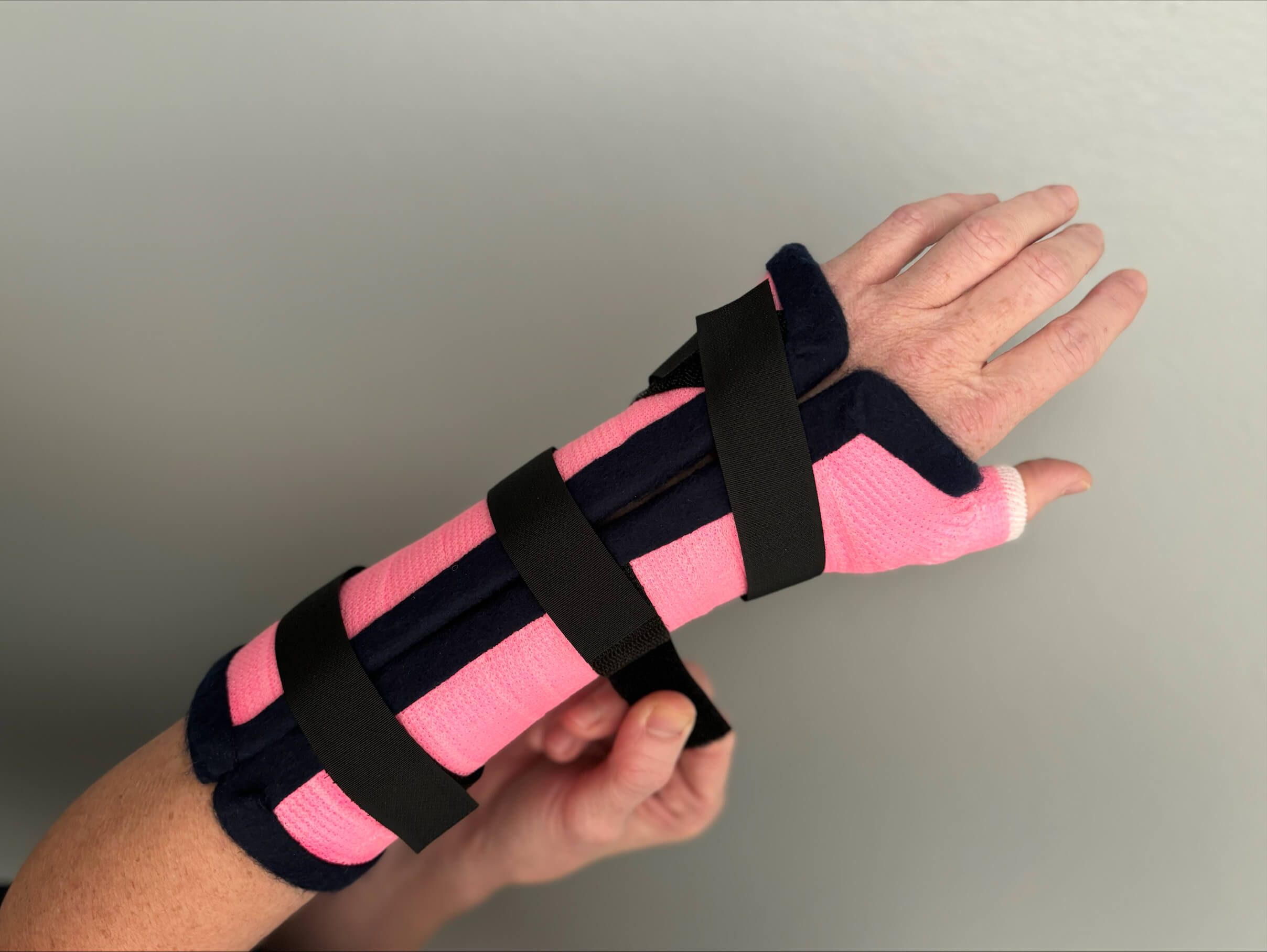
Our therapy team consists of clinical experts who fabricate custom upper extremity orthoses using the most up to date products and clinical skills. Orthoses are devices designed to help support, protect, or enhance the function of fingers, hand, wrist, elbow and/or shoulder. It is a key part of recovery for many patients who receive hand therapy. Diagnoses include:
- Fractures: After healing, to support and stabilize the area.
- Tendon injuries: Tendonitis, ruptures, lacerations
- Post-Surgery Recovery: After surgeries involving the shoulder, wrist, or hand to protect the surgical site during healing.
- Neurological Conditions: Help with proper positioning, assistive equipment modifications, and self care items to increase independence in everyday activities.
- Arthritis: To reduce pain and provide support for joints affected by arthritis.
If you’re considering a custom orthosis, it’s best to consult a healthcare provider who can evaluate your specific situation and recommend the appropriate solution. Not all locations provide custom orthoses. Please call your preferred clinic to confirm this service is provided. You can view a complete list of locations here.
ORTHOSIS VS SPLINTING: WHAT IS THE DIFFERENCE?
When it comes to splinting and upper extremity orthoses, it's important to understand the key differences between these two types of devices used to support the arm, hand, wrist, and other parts of the upper limb.
What is Splinting?
Splinting refers to the use of a temporary support device that immobilizes or protects an injured area of the upper extremity. Splints are commonly used to treat fractures, sprains, or strains, offering stability during the healing process. They can be made from various materials, such as plaster, fiberglass, or thermoplastic, and are typically designed for short-term use. Splinting is often employed in emergency situations or immediately after an injury to prevent further damage and promote healing.
What Are Upper Extremity Orthoses?
Upper extremity orthoses, on the other hand, are more specialized devices that provide longer-term support, alignment, or correction of an injury or medical condition affecting the arm, hand, or wrist. Unlike splints, orthoses are often custom-made to fit the individual and can be used for ongoing rehabilitation, chronic conditions like arthritis, or nerve-related issues. Orthoses are designed to support joint function, reduce pain, and improve mobility over time.
Key Differences Between Splinting and Orthoses
- Purpose: Splinting is generally used for short-term immobilization and protection of an injured area, whereas orthoses provide long-term support and are often used in rehabilitation or to manage chronic conditions.
- Duration: Splints are usually temporary and intended for immediate care, while upper extremity orthoses are often worn for extended periods to aid in healing or improve function.
- Customization: Orthoses are often custom-designed to fit an individual’s specific needs, while splints are typically more general and can be applied quickly after an injury.
In summary, splinting is a key part of immediate injury care, while upper extremity orthoses offer ongoing support for long-term healing and rehabilitation.
CUSTOM ORTHOSIS PROCESS
Upper extremity orthoses are devices designed to support or correct issues with the arms, wrists, or hands. Everyone's experience maybe different for their particular needs, but all fittings include:
- Evaluation for need of orthosis
- Custom design, fabrication, and fitting
- Proper care and education on patient self-fitting orthosis and duration of use
FAQs
It is important for you to be candid and open with your therapist during the fitting process. Share any specific problems or symptoms you’re experiencing. The more details you provide, the better the orthosis can be designed for you. If you have previous assessments, diagnoses, or reports from other healthcare providers, bring those along. They can help guide the fitting process.
The initial appointment may take longer than a regular visit because of measurements and fitting. Your therapist will provide details about your specific needs and appointment time.
It’s normal for orthosis to feel a bit strange at first, but this dissipates with time. Most patients say after a few weeks, they do not notice any disruptions in their daily activities. Discuss any discomfort during the fitting so adjustments can be made. If you have sensitive skin or conditions like eczema, let the clinician know. They can suggest materials or designs that are gentler on your skin. Discuss any activities or hobbies you want to maintain. The orthosis can be designed to accommodate these.
Everyone's needs are different so the amount of time you wear your orthosis is determined by your therapist. Follow the recommended wearing schedule to allow your body to adjust. Start with shorter periods and gradually increase wear time as advised.
Depending on the materials used, the care instructions may vary. Ask about how to clean and care for your orthosis to keep it in good shape. Regular maintenance can extend its life.
Our Patient Coordinator will verify your benefits and provide any additional costs not covered by insurance prior to your evaluation.

